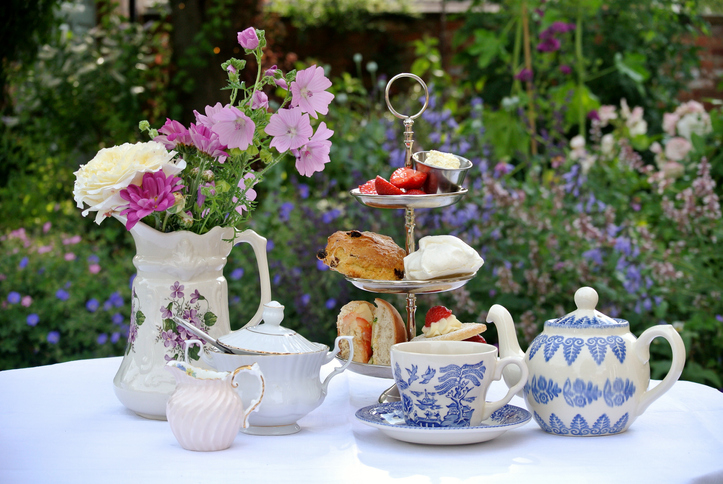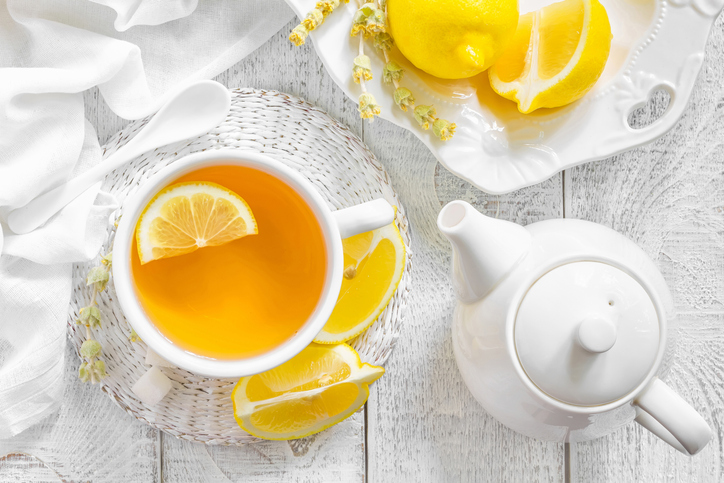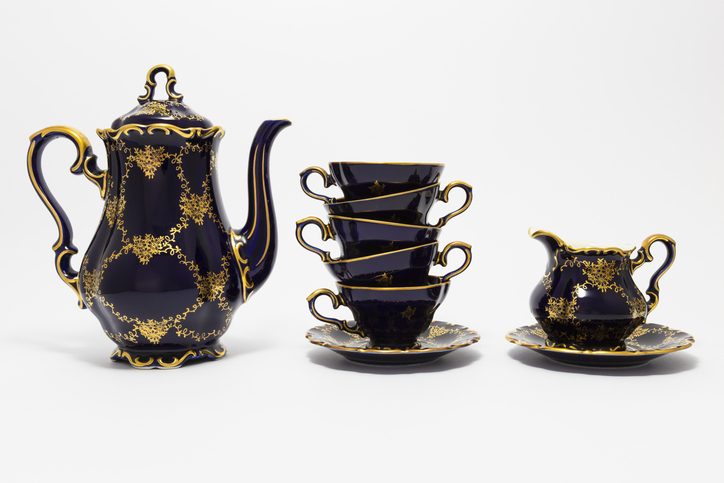Tea and Social Class in 19th Century England

Often when we think of “high tea,” we envision gatherings of British aristocrats in extravagant 19th century dress, gossiping around spreads of embellished tea sets and decadent pastries. This is actually a misconception. The word “high” in “high tea” is often associated with “high class” or “high status.” In reality, “afternoon tea” was tea time for the rich. These tea gatherings happened between 2 PM and 4 PM. The working class people did not have idle hours to enjoy tea in the afternoon, so when tea became more accessible to the average laborer, the concept of “high tea” was born. It’s rumored that the word “high” in “high tea” was actually in reference to the high counters that workers gathered around to drink tea and enjoy an after-work meal.
Instead of fancy desserts and light snacks, high tea was served with a hearty meal. Meat pies and potatoes are an example of food offerings that were paired with the tea. Tea, even low quality tea, was still prohibitively expensive in the 19th century. However, the popularity of tea transcended class. Given the public opinion, a day without a cup of tea in 19th century England was a day wasted. Many working class families would buy tea as a luxury purchase, even if it meant spending conservatively on actual necessities. Dark, black teas were sold at a lower price point, so they were enjoyed more regularly by the lower class families than the lighter, more delicate tea varieties. These value teas could be excessively bold and sometimes downright bitter, so the practice of adding milk and sugar became common.
The upper class, in contrast, mostly drank lighter teas. Among the preferred teas of the wealthy were high-quality Ceylon and Assam leaf blends. Milk and sugar were not added to the tea in order to preserve the tea’s natural flavor. Slices of lemon were sometimes used, however, because lemons were sold at a high-price point and associated with wealth. Food that commonly accompanied afternoon tea were sandwiches, scones, and baked goods.

These differences in preparing and serving tea quickly became a marker of class. Throughout the 19th and 20th century, you would be judged relentlessly based on your tea preferences (good thing we’re not so worried about that now!). For example,“Miffy” or “MIF” was used to describe a person who was Milk-in-First. Before tea bags, there was a trend among the working class to put the milk in first, so that the tea would not brew too strong. In the 1900s the aristocratic English Mitford family was using “MIF” to describe behavior that was perceived as being inferior — “Socks and sandals, dear? That’s a bit MIF!”
Enjoy biscuits (cookies) with your tea? Even that was heavily scrutinized. Tea biscuits affordable to the working class were brick solid and had to be soaked in the tea before you could take a bite. The practice of dunking was considered uncouth by the upper class tea enthusiasts. It was associated with poor manners and childlike behavior. Dunkers probably would have argued that it was better to keep their teeth than trying to align to the standards of British high society.

Unsurprisingly, drinkware was also an indicator of class. Wealthy families often had fine porcelain tea sets imported from China. These tea sets could range from simple floral designs to extravagantly decorated and embellished with gold. Families who would often have large gatherings for afternoon tea would invest in high-quality tea sets to impress their guests. The dishes, pots, and cups served as a conversation piece and spoke for the owner’s status. The working class typically drank out of mugs.
It is interesting to observe how some of these implications and stereotypes still linger about today. These days people are a lot more likely to judge your music tastes than your favorite tea, but if you’ve been in the loose leaf tea scene for a while, you have likely encountered some strong arguments against adding milk and sugar to teas. Recently, the title of “Tea Snob” has emerged as a jab to get back at the more preachy members of our community. Whether you’re a Tea Snob or a bit Miffy, at least we’re united by our love of tea!

